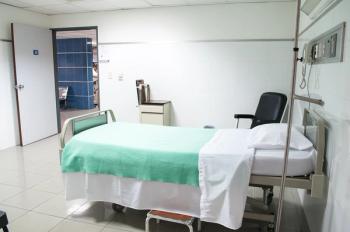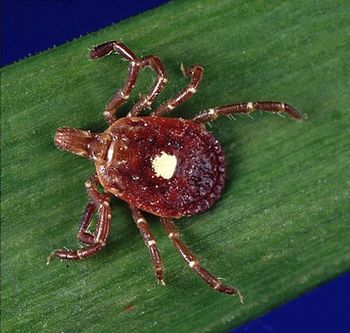
Brazilian Researchers Develop Tool for Differential Diagnosis of All Tropical Viruses
Researchers from Brazil have developed a platform that can successfully diagnose hundreds of different viruses.
Brazilian researchers have built a tool to help identify and observe viruses transmitted by “small mammals and arthropods,” such as the Zika virus, Dengue, and Chikungunya.
In a recent
Using the “complete and partial nucleotide sequences of all viruses transmitted by small mammals and arthropods that can be found in
Most importantly, the researchers hope to use SMAvirusChip to be able to identify viruses that have the capacity to cause epidemics. With this information, small outbreaks can be contained, preventing epidemics before they happen. However, the authors noted that it is necessary to regularly update the SMAvirusChip probes, so as to include new viruses added to the GenBank database.
To test SMAvirusChip’s ability to detect infection and co-infection, the researchers examined its ability to detect the following, using just one blood sample: “1) viruses from different families, including [Bussuquara virus] (Flaviviridae), [Mayaro virus] (Togaviridae) and [Piry virus] (Rhabdoviridae); 2) viruses of the Flavivirus genus, including [Dengue virus]-2, [Rocio virus], and [St. Louis encephalitis virus]; 3) the four [Dengue virus] serotypes; and 4) viruses that have caused epidemics in Brazil, including [Chikungunya virus], [Dengue virus]-1 and [Zika virus].”
According to the study authors, SMAvirusChip successfully detected all of the aforementioned viruses. The authors noted that detection of the viruses that have caused recent epidemics in Brazil—Zika virus, Chikungunya virus, and Dengue virus—was successful. Furthermore, the platform was also able to detect these viruses when co-infection occurred. The authors wrote, “This suggests that the SMAvirusChip platform could be used as a surveillance system to detect individuals infected with either a single or multiple virus[es].”
Study author, Victor Hugo Aquino, PhD, from the University of São Paulo's Ribeirão Preto Pharmaceutical School, stated in a
The authors concluded, “Although real-time PCR is becoming the gold standard method for diagnosis of viral infections, [we] still face problems for high-throughput screening of multiple viruses. To date, the cost of performing real-time PCR, when a high number of viruses needs to be screened in a single sample, is becoming similar to the cost of the DNA microarray. Therefore, DNA microarray could be a cost-effective method for virus surveillance programs that would help in the identification of newly introduced viruses that can then be detected with conventional methods, thus reducing the costs of diagnosis.”
Newsletter
Stay ahead of emerging infectious disease threats with expert insights and breaking research. Subscribe now to get updates delivered straight to your inbox.


























































































































































































































































































